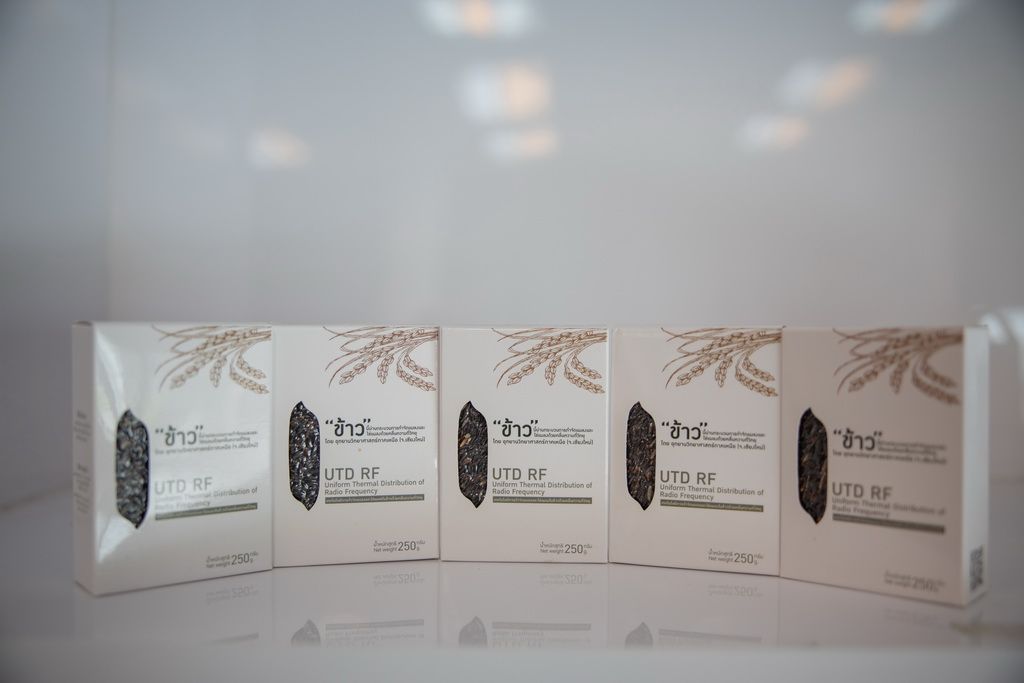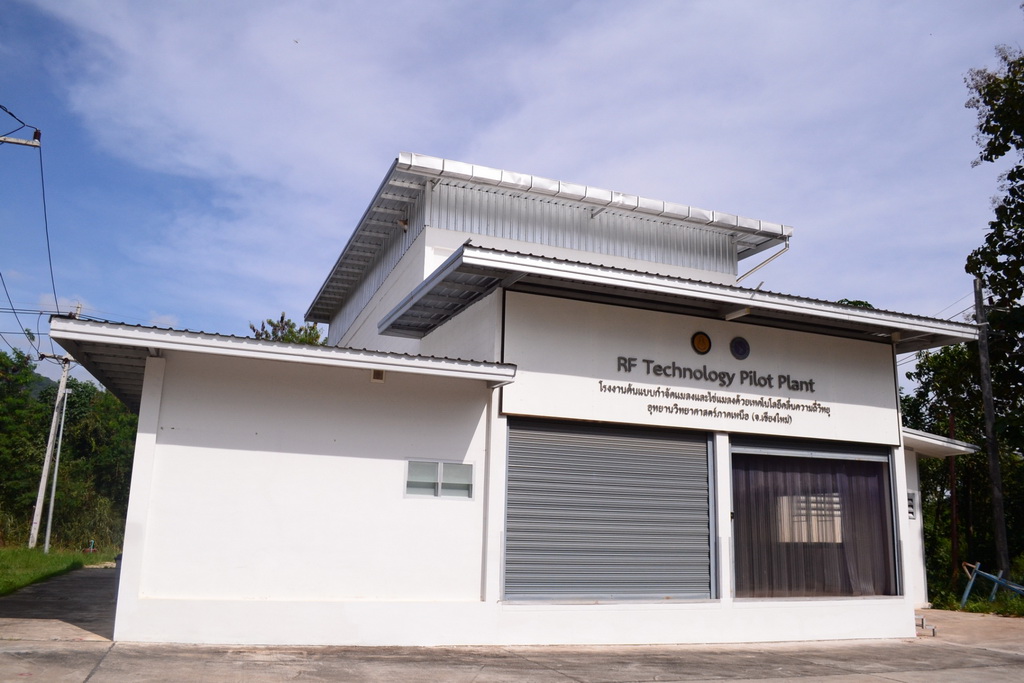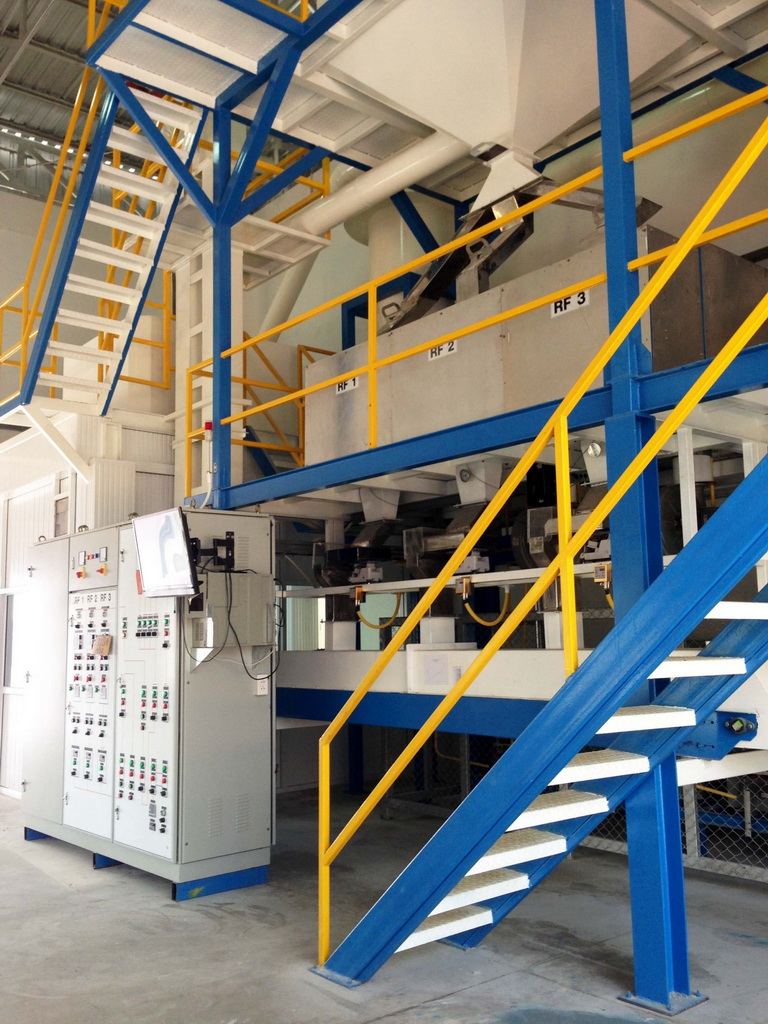
Associate Professor Dr. Suchada Vearsilp of the Chiang Mai University Faculty of Agriculture / Science and Technology Park is set to revolutionise the Thai rice industry.
Associate Professor Dr.Suchada Vearsilp
Three quarters of a weevil’s life is in a grain of rice!
Weevils have long been the bane of the Thai rice industry. Humans and weevils share our love of rice and weevils lay eggs and spend most of their lives inside a grain of rice, eventually eating their way into the disintegration of the entire grain. It typically takes 45 days for rice to become inedible once infected with weevils and the only convenient way for Thai farmers to kill the weevil en masse is to use strong chemicals.
“Weevils, like us, need to eat,” explained Associate Professor Dr. Suchada. “They smell the rice and they will head towards it. We can’t tell them not to; they won’t listen. They then lay eggs in the grain, smaller than the eye can see, and spend three quarters of their life living in the grain. The black weevils that we often see are mature weevils, but prior to that they were eggs, worms and pupa. Leave them for a few months and they will all crawl out. In the countryside the easiest way to get rid of them is to use DDT or gas, a cheap and effective way.”
As Thailand is a major exporter of rice, these practices are not acceptable on an international level and Thailand has long grappled with this challenge.
Technology Pathway Paved with Rose Petals
Associate Professor Dr. Suchada received her doctorate from a German university and had some ideas as to how to apply and further develop her knowledge.
“One of the problems then was the lack of equipment because I am not an agricultural technologist nor an electrical engineer. All I had was an idea. Luckily a friend I studied with in Germany was working with agriculture machinery and had a machine to disintegrate trees. I saw that they had a student working on radio frequency which they were using as a radio frequency identification, to identify the source of plant products and that was the moment where I saw that we could connect. I therefore tried to get one of my students to go to study in Germany.”
“The Germen researchers asked what we wanted, what problems we had at home so I told them that we had about 20 times more insects than they did. So they suggested we work together. When I asked how much the machine cost and was told 10 million, I asked to borrow some. They said that they would ask for another machine for our studies if I could find money to pay for the student to go over. I didn’t have any money but somehow we managed!”
Applying Western Machinery to Rid Thai Insects
The Uniform Thermal Distribution of Radio Frequency Technology (UTD RF) uses radio frequency generated by high voltage electricity to shake rice grain molecules, generating targeted heat in fast, regular and short bursts to kill insects and eggs in rice grains.
“The western researchers have no idea that we are using this technology in this way,” said Associate Professor Dr. Suchada. “This technology is akin to a generator of frequencies which create focused and limited heat. What is exciting is that it can work on large volumes, which is ideal for the vast amount of grains we produce, from rice to peanuts and soy beans. It is also 100% chemical-free and very safe for consumers. At 55 degrees’ Celsius heat an insect will be dead within one minute. All of them, at all stages of their lives. We can use UTD RF on ten cubic metres of rice, and it will just take one minute to get rid of all weevils. It works evenly across the targeted areas. There are no negative effects, it is clean technology. My dream is to see this technology used in every village across the nation, kind of like a one stop service.”

Prototype factory in Chiang Mai

Inside Chiang Mai’s prototype factory
Initially the project received funding for research and development from many different organisations; the operations room budget from the Technology Innovation Centre in 2000, the post-harvest budget from the Office of Higher Education Commission, the expansion in size and application of the machinery from the National Innovation Agency (NIA) and the Agricultural Research Development Agency (Public Organisation).
It wasn’t until 2013 when the Ministry of Science and Technology’s Science Park Promotional Agency supported a budget through Chiang Mai’s Science and Technology Park (STeP), under the oversight of the Chiang Mai University, that the first factory was built to be used as a demonstration tool as to UTD RF’s effectiveness resulting in the successful weevil eradication machine through radio frequency, or BIO-Q.
Yontpholdee Company Limited is one of Thailand’s leading modern rice milling companies and is currently using this technology which they have installed at their mill using the RF technology with the support of the NIA. This installation is expected to be the model for other mills across the nation to follow.
This technology is easily scaled and can be used in both medium and small businesses as well.
Installing the UTD RF technology in Chaipattana Foundation’s Ayutthaya rice mill
Market research has showed that consumers are willing to pay an extra 10 baht per gram of rice which has used this clean technology and it can also be used in value added products such as the Healthy Food Healthy Life brand’s rice which sells at 200 baht per kilogram.
UTD RF has untold applications and its potential is limitless. It can be used to generate trade as well as a seal of guarantee of chemical-free rice, offering consumers a choice and lifting the standards of Thai rice for a sustainable future.